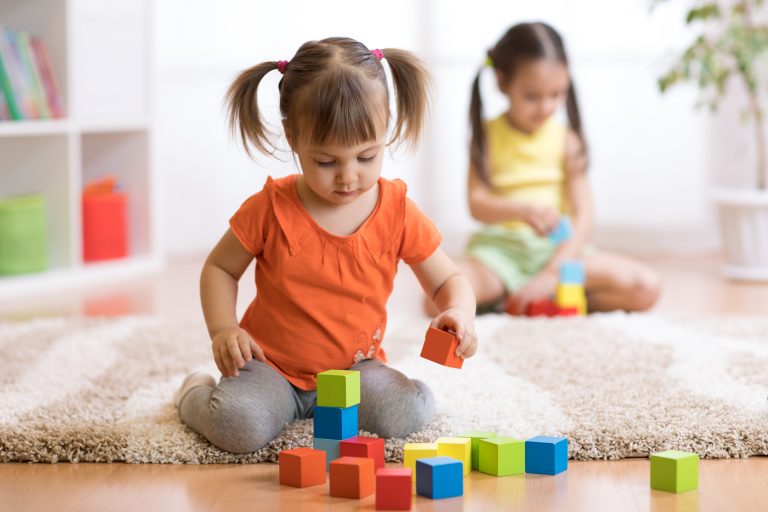Education is undoubtedly one of the most important tenets of early childhood. Habits children learn from ages 3-7 shape their attitude and approach toward learning for the rest of their lives. Many parents become overwhelmed by the number of methods and learning styles when finding the best fit for their child. Parents spend hours determining why Waldorf is better than Montessori and why Montessori is better structured than Reggio Emilia. Honestly, as long as your child’s education incorporates play, the style is secondary.
Why is Play So Important for Child Development?
Play encourages exploration. Children naturally build essential life skills when they explore independently with parents or peers. Imaginary games and activities develop critical communication skills. Children who play together learn how to properly function in a group, compromise, and develop better speech and language skills. Socialization from a young age, especially with other children, also improves communication and problem-solving abilities later in life.
The communication that emerges out of play also helps children build relationships. Child development of social skills directly correlates with language development. In addition, children who play with their parents and peers show higher levels of empathy in relationships. Language skills and social development build on one another, and play can best stimulate a child’s growth in both areas.
Cognitive development and long-term creativity and imagination are also positively linked to play. Subjects like math, science, and language are larger building blocks. These subjects start as an active imagination that can link ideas together and solve problems. Playing stimulates many regions of the brain, which will later work together to solve complex problems.

How to Incorporate Playtime
There are many ways to incorporate play into your child’s routine. Children primarily learn by doing. Many adults learn this way too, but by the time their brain reaches adulthood, a basis to connect concepts and ideas exist. Children must build their experiences before they have the background to connect large concepts. For example, subjects like math use manipulatives to provide a physical representation of a number. This representation allows children to attach it to the number symbol and improves their understanding.
When introducing math and numbers, parents and teachers can offer items that capture their child’s interest. If you’re studying science and the weather, get your kids outside to experience it for themselves. You can also spark their interest by encouraging them to find leaves or rocks and make their own observations.
Play is essential for child development and learning. Curiosity and exploration enable children to form social bonds and relationships with their friends and caregivers. Remember, no topic is too serious or boring to incorporate play. For some fun and educational ideas, check out Anything Academic’s resources for free. With some imagination and research from families and teachers, you can incorporate play into virtually any part of your child’s routine.

